| The following article is from the Spring, 1994 issue of the Snow Lion Newsletter and is for historical reference only. You can see this in context of the original newsletter here. |
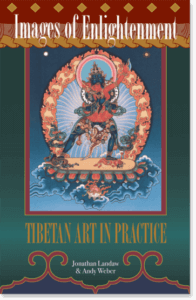
Images of Enlightenment: Tibetan Art in Practice answers the need for a clear and straightforward guide to the inner world of Tibetan Buddhist sacred art. Focusing on many of its most important and representative images, this richly illustrated book introduces the reader to the tradition of spiritual self-transformation embodied by these depictions of enlightened energy. It is a guide to the world of Tibetan deities for all who practice and are interested in the symbolic meaning of the deity images.
The following is an excerpt from the introduction:
VISUALIZATION OF VAJRAYANA IMAGES
Of particular interest to us here is the way the images of Vajrayana art specifically those represented in Tibetan tangka paintings play a vital part in this process of enlightening transmission. To understand how these images are used in the Vajrayana to transmit spiritual insights, we must consider the centrally important meditational method known as visualization.
Visualization is the process of becoming intimately acquainted with positive and beneficial states of consciousness as they are envisioned in our mind's eye in the form of enlightened beings and other images. Each visualized image functions as an archetype, evoking responses at a very subtle level of our being and thereby aiding in the delicate work of inner transformation. For example, by generating an image of Avalokiteshvara, the meditational deity symbolizing enlightened compassion, and then focusing creatively upon it with unwavering single-pointed concentration, we stimulate the growth of our own compassion. We automatically create a peaceful inner environment into which the dissatisfied, self-centered thoughts of anger and resentment cannot easily intrude. The more we practice such visualizations and the related disciplines that train our body, speech and mind in the appropriate manner the more profound their effect. Eventually our mind can take on the aspect of its object to such an extent that we transcend our ordinary limited sense of self-identification and actually become Avalokiteshvara: compassion itself, or whatever en-lightened quality we have been concentrating upon.
For the process of visualization to have its most profound effect-to assist the process of enlightened self-transformationit is clearly not enough to take an occasional glance at a particular image. Vajrayana paintings are not meant as decorative wall-hangings to be admired once in a while or looked at occasionally for fleeting inspiration. Instead, their images are to be internalized to the point that we identify with them intimately at the deepest level of our being. While we may begin by looking at the painting of a particular deity with our eyes, true visualization only takes place when we can hold this image clearly in our mind without forgetting it. Nor are we meant to be visualizing a flat, inert painting of limited dimensions but rather a living, radiant being of light who may appear infinitely large or small depending upon the specific meditation we are practicing. It is only by seeing the meditational deity as truly alive yet transparent, radiant and empty of concrete self-existence, that our mindwhich itself is boundless, clear and luminouscan be transformed in the desired manner.
One reason the Vajrayana practitioner can see the various meditational deities as alive is that these figures represent forces possessing a vital reality of their own. They are not mere arbitrary creations of a limited mind or the fanciful product of an artist's imagination. Each particular image owes its existence to the fully enlightened mind from which it originally sprang and conveys the timeless qualities of such a boundless consciousness. Furthermore, the serious practitioner does more than merely chance upon a particular image somewhere and casually decide to make it the central object of his or her meditation. Instead, the deity to be practiced is presented to the disciple within the context of an initiation, or ceremony of empowerment, presided over by a qualified tantric master in whom the disciple has already placed his or her confidence. This master has trained in the methods of the deity in question and can therefore transmit to the disciple all that is necessary for contacting its essence.
We have attempted to convey the vital inspirational quality of the images presented in this work by focusing on the part played by each deity in exemplifying the Vajrayana path as a whole. Explanations of the symbolic meanings of each image are interspersed with some of the legends, myths and anecdotes Vajrayana masters tell about the meditational deity. For the sake of those readers who wish to explore in greater detail the topics touched upon here, notes have been provided throughout the text to indicate where this additional information can be found, and a list of further readings is given separately.

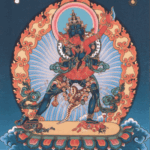
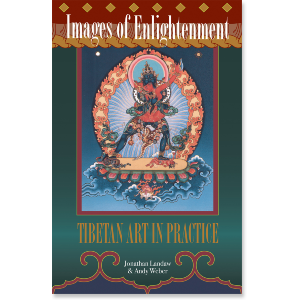
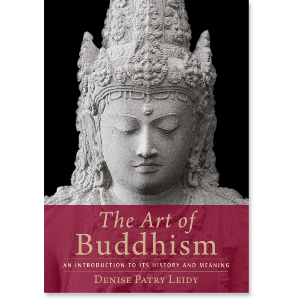
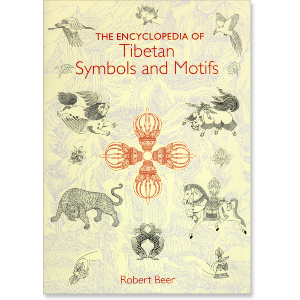
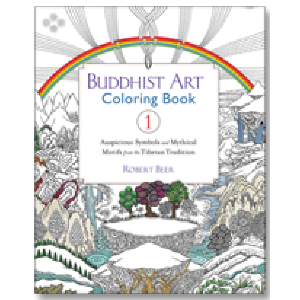
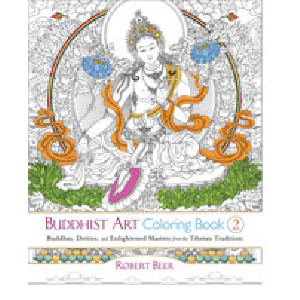
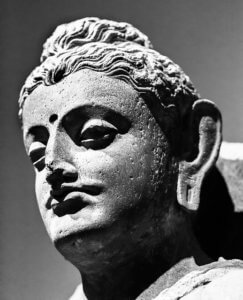
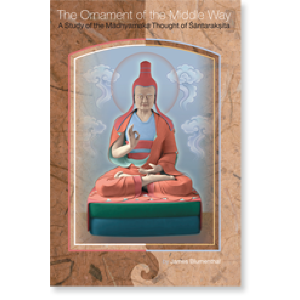
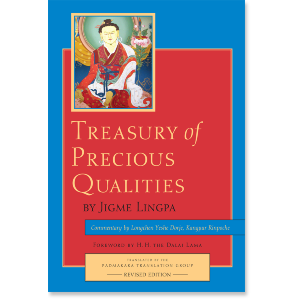
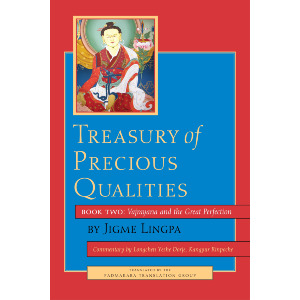
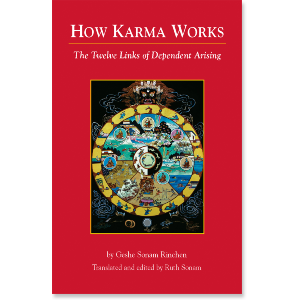
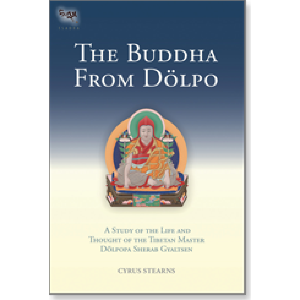
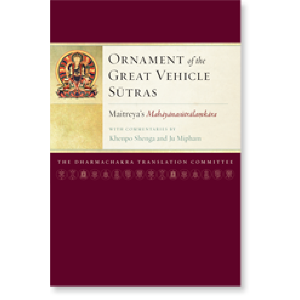
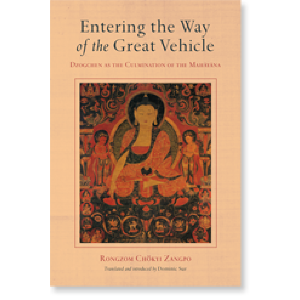
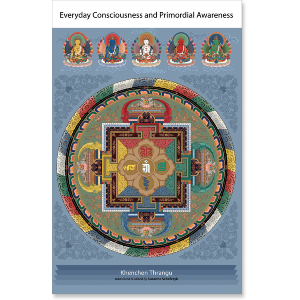
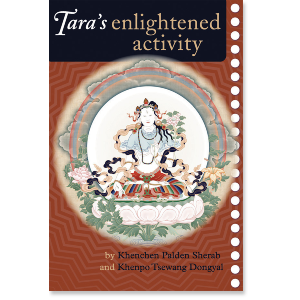
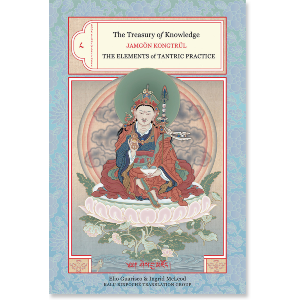
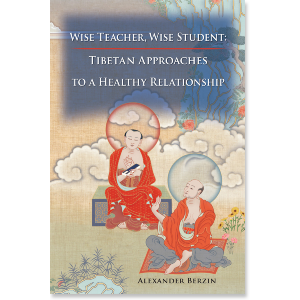
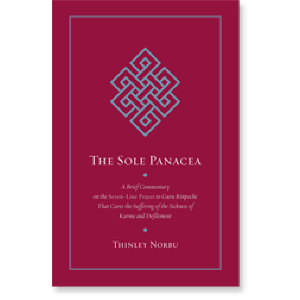
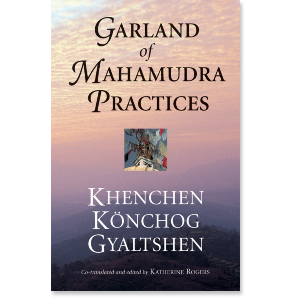
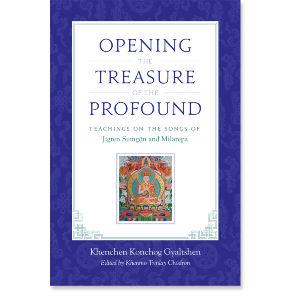
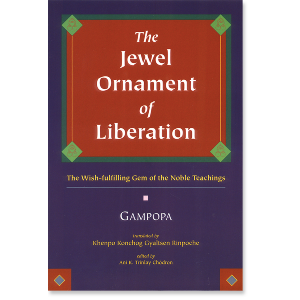
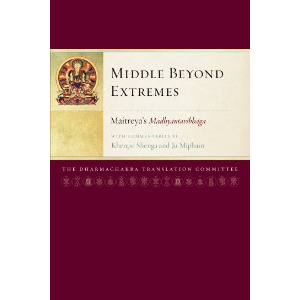
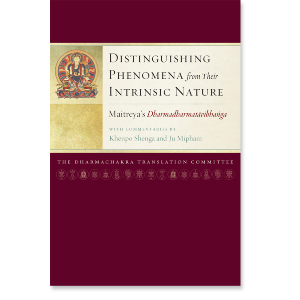
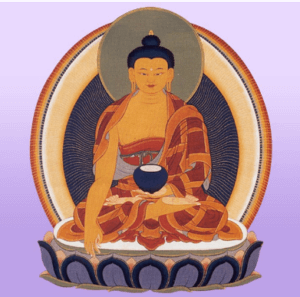
 Entering the Path
Entering the Path